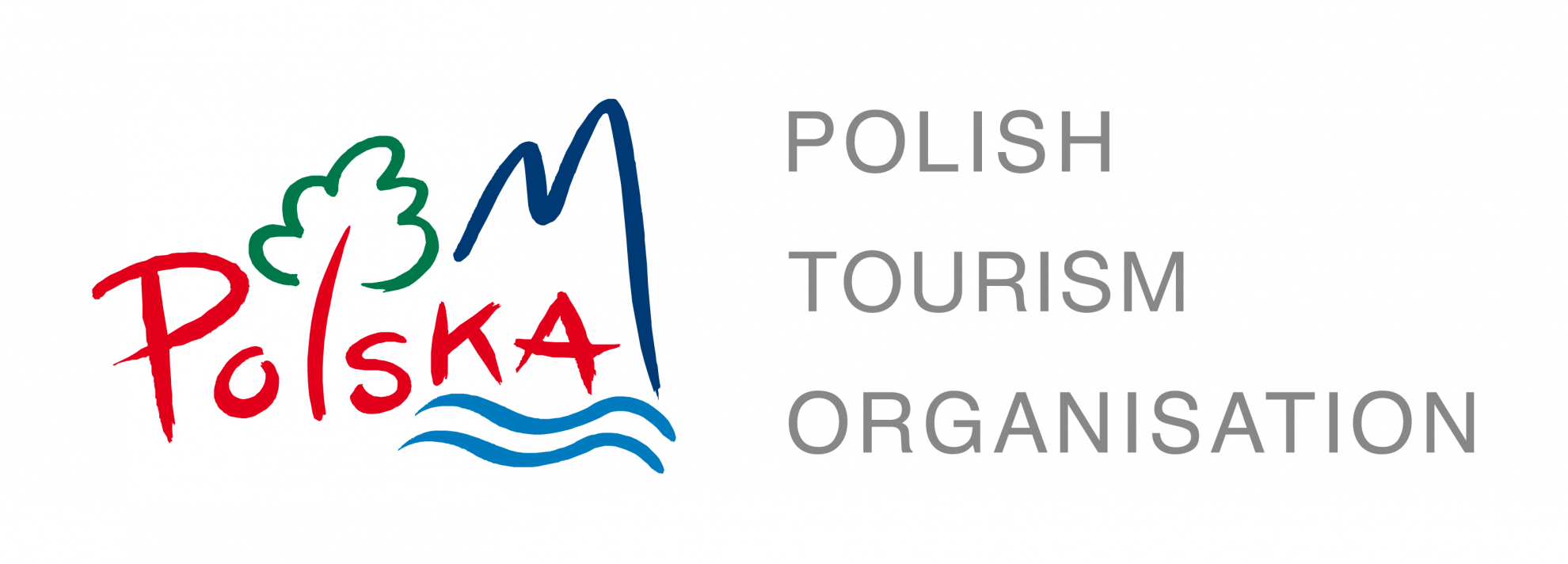During the Nazi occupation, the church was given to German Catholics and their chaplains, while for Poles, a private chapel headed by Military Bishop Joseph Gawlin was made available. During the Warsaw Uprising, an oath was taken here by the troops before heading into battle.
Built in 1642, at the request of King Ladislaus IV of the Order of Piarists as a small wooden church of Our Lady of Victory. After being burnt down by the Swedes, it was rebuilt as a brick church in the Baroque style, designed by Jakub Fontana. After the November Uprising the church was renamed the Orthodox Church, and its Baroque décor was removed from the interior, and on its towers (which had been covered with characteristic domes), bells cast from cannons were hung. Their sound was intended to suppress all patriotic sentiment. After Poland regained independence, the church was transferred to the ownership of the army and served as the garrison church.
In the temple, the two chapels are very much worth noting: the Katyń Chapel commemorates the martyrdom of 21,857 of Polish prisoners of war and prisoners who were murdered in the spring of 1940 by the Soviets in Katyń, Kharkov and Mednoye. The second chapel is the Chapel of Our Lady of Ostra Brama.


 位置图:
位置图:
 +48 226879871
+48 226879871


